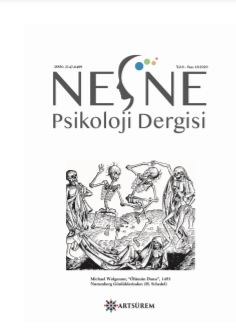Görsel Yanılsamalar Bağlamında Görsel Algının Esasları
The Principles of Visual Perception Within The Context of Visual Illusions
Author(s): İnci Ayhan, Güneş ÜnalSubject(s): Psychology, Neuropsychology
Published by: Sanat ve Dil Araştırmaları Enstitüsü
Keywords: visual perception; visual illusions; visual system;
Summary/Abstract: In the transformation of the low-level, ambiguous retinal signal into a vivid and meaningful phenomenological experience, certain aspects are as essential as the input coming from the external environment. The semantic knowledge stored in memory, figure-background segmentation, grouping principles, and current mood and expectations of the person are equally important. Visual illusions, which might be described as the discrepancy between the objective properties of the external world and their subjective representations, is a common feature of the visual perception that provides meaningful insights with regards to the structure and function of the complex information processor in the brain. In this context, visual illusions are the end results of the optimization strategies that allow the effective use of limited neuronal and metabolic resources, and thus reflect the natural working principles while coping with these limitations, rather than restrictions inflicted upon the system. In this review, we present a compilation of illusions and summarize the key principles of visual perception on the basis of these visual phenomena. In the final section, we also discuss a number of recent topics within the context of Bayesian inference and psychopathology, illusions and alpha brain oscillations and time perception to describe the current directions in the field.
Journal: Nesne-Psikoloji Dergisi
- Issue Year: 8/2020
- Issue No: 18
- Page Range: 522-547
- Page Count: 26
- Language: Turkish

